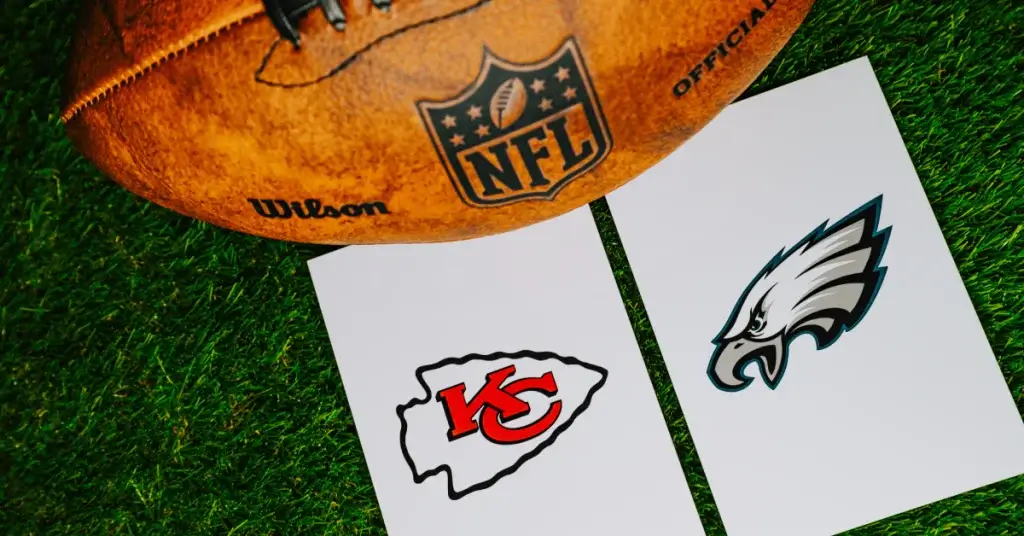From Classic to Cutting-Edge: The Evolution of Super Bowl Ads Over the Years
The Super Bowl, an iconic American sporting event, has not only been a showcase of athletic prowess but also a significant stage for the evolution of advertising history. Over the years, Super Bowl ads have transformed from simple, straightforward messages to sophisticated, cutting-edge campaigns that captivate millions of viewers worldwide. This metamorphosis reflects broader trends in marketing and the shifting dynamics of consumer engagement. As we delve into the world of Super Bowl advertising, we’ll explore how these commercials have evolved, the advantages and disadvantages of advertising during this high-profile event, and examine both the triumphs and failures that have marked this advertising phenomenon. Additionally, we’ll highlight some successful UK Super Bowl advertising efforts that have made waves across the pond, and discuss how businesses can harness the power of both traditional and digital advertising to reach their target audiences effectively.
The Changing Landscape of Super Bowl Ads
The Super Bowl has long been a showcase for innovative advertising, with commercials evolving dramatically over the years. This section explores the transformation of Super Bowl ads, from their humble beginnings to the cutting-edge campaigns we see today.
Evolution of Advertising History
Super Bowl advertising has come a long way since its inception in the 1960s. Initially, these adverts were straightforward product promotions, often lacking the creativity and production value we associate with them today.
As the event grew in popularity, so did the importance of its commercial breaks. Advertisers began to recognise the unique opportunity to reach millions of viewers simultaneously, leading to increased investment in production and creativity.
By the 1980s and 1990s, Super Bowl ads had become cultural phenomena in their own right. Brands started to create adverts specifically for the event, often featuring celebrities, humour, and high-concept ideas to capture audience attention.
The turn of the millennium saw a shift towards more emotional and narrative-driven commercials, as advertisers sought to create memorable experiences that would resonate with viewers long after the game had ended.
From Classic to Cutting-Edge
The transition from classic to cutting-edge Super Bowl ads has been marked by significant technological advancements and changes in consumer behaviour. Early adverts relied heavily on traditional storytelling techniques and straightforward product demonstrations.
As technology progressed, so did the complexity and visual appeal of Super Bowl commercials. The introduction of computer-generated imagery (CGI) and high-definition video allowed for more spectacular and visually stunning adverts.
The rise of social media and second-screen experiences has further transformed Super Bowl advertising. Brands now create integrated campaigns that extend beyond the 30-second TV spot, encouraging viewer interaction and engagement across multiple platforms.
Today’s cutting-edge Super Bowl ads often incorporate interactive elements, augmented reality, and real-time social media integration, blurring the lines between traditional advertising and digital experiences.
Trends in Super Bowl Ads
Recent years have seen several notable trends emerge in Super Bowl advertising. One significant shift has been towards purpose-driven marketing, with brands using their platform to address social issues and promote corporate values.
Humour continues to be a popular approach, but with a more sophisticated and often self-aware tone. Brands are increasingly willing to poke fun at themselves or play with audience expectations to create memorable moments.
Celebrity endorsements remain a staple of Super Bowl advertising, but with a twist. Many brands now opt for unexpected pairings or clever cameos that subvert viewer expectations and generate buzz.
Data-driven personalisation is becoming more prevalent, with some advertisers creating multiple versions of their ads to target different demographic groups or geographic regions.
Lastly, there’s a growing trend towards longer-form content, with some brands creating mini-movies or episodic content that extends beyond the traditional 30-second spot.
Pros and Cons of Super Bowl Advertising
While Super Bowl advertising offers unparalleled exposure, it also comes with significant challenges. This section examines the advantages and disadvantages of advertising during this high-profile event.
Advertising Pros and Cons
Super Bowl advertising offers unique benefits but also presents considerable challenges for brands. The primary advantage is the massive audience reach, with millions of viewers tuned in simultaneously.
On the positive side, Super Bowl ads can generate significant buzz and social media engagement, extending their impact far beyond the initial broadcast. Successful commercials often become part of popular culture, providing long-lasting brand exposure.
However, the cons are equally significant. The astronomical cost of airtime during the Super Bowl is a major deterrent for many brands. There’s also immense pressure to create a standout ad, as mediocre commercials can be quickly forgotten or, worse, criticised publicly.
Another challenge is the diverse audience. While the reach is vast, it’s not necessarily targeted, which can lead to wasted exposure for brands with niche products or services.
Lastly, there’s the risk of being overshadowed by competitors or lost in the sea of high-quality adverts, potentially diminishing the return on investment.
Costs and Benefits
The financial implications of Super Bowl advertising are substantial, with costs and potential benefits that need careful consideration. The price tag for a 30-second spot during the Super Bowl has skyrocketed over the years, now reaching into the millions of dollars.
This significant investment doesn’t include production costs, which can also run into millions for high-quality, celebrity-studded commercials. Brands must weigh these costs against potential benefits such as increased brand awareness, sales boosts, and long-term brand equity.
Successful Super Bowl ads can lead to immediate spikes in website traffic, social media followers, and even sales. However, measuring long-term ROI can be challenging, as the effects of brand building are often intangible and spread out over time.
For some brands, the publicity generated by their Super Bowl ad campaign, both before and after the event, can be worth the high cost. This extended exposure can lead to earned media coverage, further amplifying the ad’s reach.
However, for smaller brands or those with limited budgets, the cost-benefit analysis may not always favour Super Bowl advertising, leading many to explore alternative marketing strategies.
Reaching a Global Audience
While the Super Bowl is primarily an American event, its advertising reach extends far beyond U.S. borders, offering brands a unique opportunity to engage a global audience. The international viewership of the Super Bowl has grown significantly in recent years.
This global reach allows brands to make a splash on the world stage, potentially opening up new markets or reinforcing their international presence. However, creating content that resonates across diverse cultures and languages presents a unique challenge.
Successful global Super Bowl ads often rely on universal themes or visual storytelling that transcends language barriers. Some brands create region-specific versions of their ads to ensure cultural relevance and maximum impact.
The digital age has further amplified the global reach of Super Bowl ads. Online streaming and social media sharing mean that even viewers who don’t watch the game live can engage with the commercials, extending their lifespan and reach.
However, brands must carefully consider whether this global exposure aligns with their marketing strategy and target markets, as the cost may not be justified for brands without international ambitions.
Notable Super Bowl Ad Performances
Over the years, the Super Bowl has seen its fair share of advertising triumphs and failures. This section highlights some of the most successful commercials, standout UK contributions, and memorable missteps in Super Bowl advertising history.
Successful Super Bowl Commercials
Super Bowl commercials have the power to captivate audiences and leave a lasting impression. Some ads have achieved legendary status, remembered long after the games themselves have faded from memory.
One such example is Apple’s “1984” commercial, which introduced the Macintosh computer. Directed by Ridley Scott, this cinematic ad broke the mould and set a new standard for Super Bowl advertising. Its impact was so significant that it’s often credited with turning the Super Bowl into the advertising event it is today.
Another standout is Budweiser’s “Whassup?” campaign, which debuted during the 2000 Super Bowl. This ad’s catchphrase quickly entered popular culture, demonstrating the power of humour and simplicity in Super Bowl advertising.
More recently, Always’ “Like a Girl” campaign, which aired during the 2015 Super Bowl, showed how purpose-driven marketing could resonate with viewers. The ad challenged gender stereotypes and sparked important conversations, proving that Super Bowl commercials can be both impactful and socially conscious.
These successful ads share common elements: they’re memorable, emotionally engaging, and often tap into broader cultural moments or universal human experiences.
UK Super Bowl Advertising Highlights
While the Super Bowl is an American event, UK brands and agencies have made notable contributions to its advertising landscape. These ads often bring a unique British perspective or humour to the American audience.
One standout example is Jaguar’s “British Villains” campaign, which aired during the 2014 Super Bowl. The ad played on the Hollywood trope of British actors often cast as villains, featuring Sir Ben Kingsley, Tom Hiddleston, and Mark Strong. It cleverly linked this cultural observation to Jaguar’s brand identity, emphasising precision and sophistication.
Another successful UK contribution came from Budweiser UK, with their “Wind Never Felt Better” ad in 2019. This commercial showcased Budweiser’s commitment to renewable energy, featuring the iconic Clydesdales alongside wind turbines. It demonstrated how a UK branch of an American company could bring a fresh perspective to Super Bowl advertising.
These UK-originated ads often succeed by offering a different cultural viewpoint or by playing with American perceptions of British culture, adding diversity to the Super Bowl advertising mix.
Memorable Super Bowl Ad Failures
Not all Super Bowl ads hit the mark, and some have become infamous for their missteps. These failures often serve as cautionary tales for advertisers and provide valuable lessons for future campaigns.
One notorious example is Just for Feet’s 1999 Super Bowl ad, which featured a group of white men drugging and forcibly shoeing a Kenyan runner. The ad was widely criticised for its racist overtones and insensitivity, leading to a lawsuit against the agency that created it.
Another memorable failure was Nationwide’s 2015 “Boy” commercial, which depicted a child talking about all the life experiences he’d never have because he died in an accident. While intended to raise awareness about preventable accidents, many viewers found the ad too dark and depressing for the Super Bowl context.
Groupon’s 2011 ad, which appeared to make light of the plight of Tibetans while promoting a deal on Tibetan food, also backfired spectacularly. It was seen as trivialising serious issues and led to widespread backlash.
These failures highlight the risks of misjudging audience sensitivities, especially in the high-stakes environment of Super Bowl advertising. They underscore the importance of thorough testing and consideration of potential public reactions before airing such high-profile ads.

